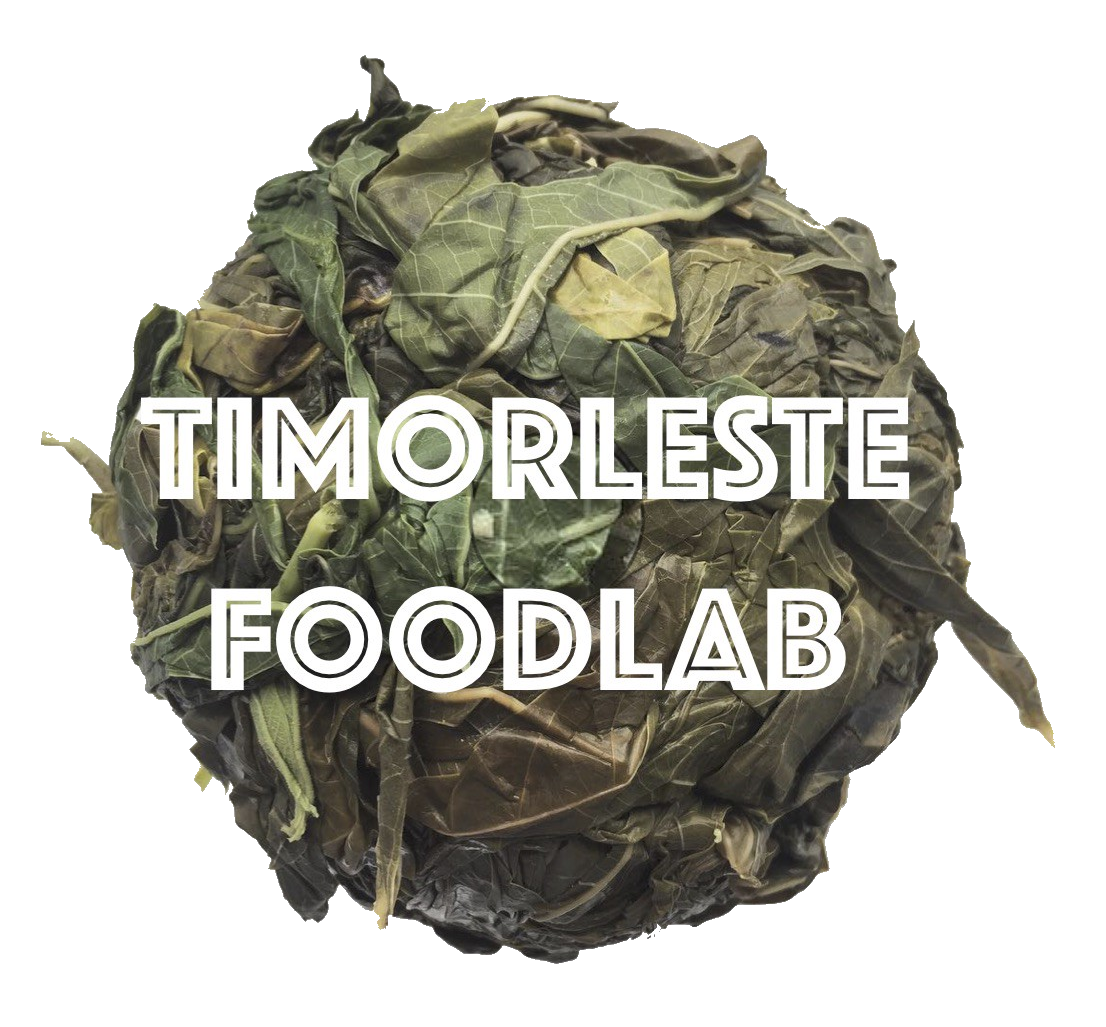Originally published here on October 3, 2019
Growing up in Timor-Leste, I have always been surrounded by fresh and healthy food. Our seas are full of delicious fish, the mountains are covered in coffee plants and families in rural areas grow organic vegetables in their own backyards. Food is all around, but I’d never learnt how to take advantage of all the ingredients that are on offer.
Part of the World Food Programme’s work towards achieving Zero Hunger around the world involves promoting healthy and nutritious diets, made from locally produced ingredients. So, as an intern with WFP’s Timor-Leste office, I was excited to attend a training session organised by one of our local partners, Agora Food Studio to see this in action.
Agora are a grassroots enterprise that aims to improve Timorese nutrition by bringing together chefs, young people, entrepreneurs and community leaders to raise awareness about the availability and benefits of locally produced food.
The training was held at the Agora restaurant in Dili, which is open to the public. Taking part alongside me were key nutrition policymakers working in Timor-Leste’s Food and Nutrition Security Council.
On the first day of the training, we explored four approaches to improving food and nutrition security in the country: understand, innovate, adapt and promote healthy and nutritious local food.
What really surprised me was the innovative way the chefs prepared locally produced food. They gave meals a traditional food a twist by adding locally available ingredients like moringa leaves, purple yam or pumpkin. All of these foods are full of essential vitamins and minerals. For example, when making a pita bread we call batar belar (flat corn), they mixed lime powder with the cornflour. I had never thought of cooking this way before. The lime added vitamin C to a dish that would otherwise have little nutritional value, and made it taste much more delicious.
The training provided us with sensory experiences — we saw beautiful food displays, watched videos and heard music, we touched the food while it was being prepared. But, perhaps more importantly, we learned the value of knowing the story behind our food choices; the benefit of diversity in local diets; the importance of appearance, smell, texture and taste; the merit of asking questions and responding to feedback about healthy local food; and the pride and confidence we could gain in sharing our recipes and culture.
On day two it was time to put everything we had learned into practice and create a dish ourselves. I had never cooked before, and have to say that I was really nervous. But, once I got in the kitchen, I knew with the trainer’s guidance everything would turn out OK. And — judging from my colleagues’ positive feedback when they tasted what I cooked — it did!
The experience helped me to really fall in love with our food. The innovation, creativity, and added nutritional value brought to our traditional cuisine by the chefs of Agora cannot be overstated. Not only did I gain a newly found appreciation towards our culinary culture, but also a sense of optimism for a brighter future that we now have new ways to tackle malnutrition and keep our children healthy and well-nourished.
Written by Juleysia Sarmento
